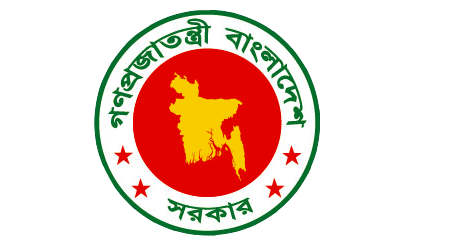Demand for social protection is growing in low income countries and fragile situations. In recent years, the success of social protection (SP) interventions in middle income countries (MICs) like Brazil and Mexico, along with the series of food, fuel, and financial crises, has prompted policymakers in low income countries (LICs) and fragile situations (FSs) to examine the possibility of introducing such programs in their own countries. Flagship programs in countries as diverse as Ethiopia, India, Pakistan, and Rwanda have shown the adaptability of social protection interventions to the LIC context. Yet, despite growing levels of support for these initiatives, many challenges remain. In LICs and FSs, governments are confronted with a nexus of mutually reinforcing deficits that increase the need for SP programs and simultaneously reduce their ability to successfully respond. Governments face hard choices about the type, affordability, and sustainability of SP interventions. The paper reviews how these factors affect SP programs in these countries and identifies ways to address the deficits. It supports the establishment of resilient SP systems to address specific needs and vulnerabilities and to respond flexibly to both slow and sudden onset crises. To achieve this, both innovation and pragmatism are required in three strategic areas: (i) building the basic blocks of SP systems (e.g., targeting, payments, and monitoring and evaluation); (ii) ensuring financial sustainability; and (iii) promoting good governance and transparency. These issues suggest the possibility of a different trajectory in the development of social protection in LICs than in MICs. The implications for World Bank support include the need to focus on increasing knowledge and operational effectiveness of SP programs, fostering institutional links between multiple SP programs, and using community capacity and technological innovations to overcome bottlenecks in operations.
Click on the image to view



